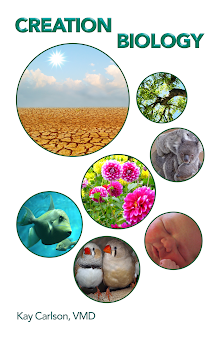
On March 14, I gave a talk in Grand Rapids at a conference called "Grand Dialogue." There are several colleges in the area which combine to have this recurring event, the purpose of which is to discuss the relationship between science and religion. I spoke along with Dr. Dennis Marshall of Aquinas college. We had a very attentive group of 12 and we had an interesting discussion afterwards.
The largest problem in discussing ID with a group is that there is so much to cover in so little time. I try to use pictures, but biology and genetics are obviously complex subjects that you can't learn in one afternoon. I assume that people already know certain things, but after the talk I wondered if I assumed too much when talking about mutations. That's why I have this picture here today and will add it to my future presentations.
The letters ATGC represent the molecules that make up the rungs of DNA. They are specific shapes, and are read as a code to make protein in the cell. The protein is made of building blocks called amino acids. The code can have more than one set for a certain amino acid that will be matched to the code, as in the first line where two sets are coding for the same (blue) amino acid. However, when one DNA molecule is changed, for example by a copying mistake, it can change the amino acid and ultimately, eventually, the entire protein can have a new function, or more likely, lose function altogether.
Now, copying mistakes don't come quickly. It can be as little as 1 in 100 million. So in the 3.6 billion base pairs (rungs) of a human, there can be as little as 30 changes in a generation. What is more, many proteins lose their function long before they gain another. When I give my talk, I show some pretty amazing proteins which are thought to have stayed pretty close to way they were in the very first organisms billions of years ago, such as the energy-making machine, ATP synthase. It is true that there may be copying of genes and other changes besides single point DNA change, but if the proteins changed too much, the organism wouldn't even survive to reproduce another generation.
Also, Hubert Yockey found by Information Theory that only one protein in 10^65 has function for a particular job (of a specific short protein with 100 amino acids). It is estimated there can have been no more than 10^50 organisms even on an old earth (Fredric P. Nelson, “Needed: A New Vocabulary for Understanding Evolution,” Perspectives on Science and Christian Faith 58, 1 (March 2006): 28-36). Therefore, a unique protein (showing up in an organism) coming "from nowhere" and instantly being functional is obviously not from the small changes implied by Darwinian mutation and natural selection.
I hope our audience was able to follow my talk. In any case, they seemed to enjoy it, and I hope they can continue to pursue their interest from this introductory talk and a booklet I provided for them.












